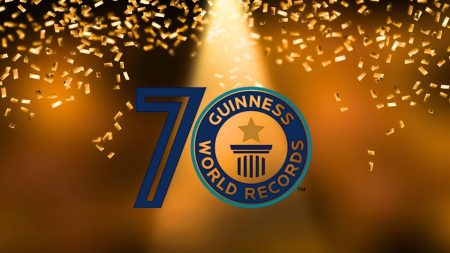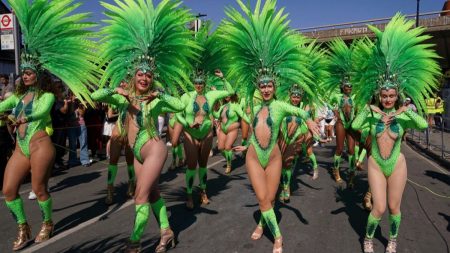The year 2025 marks a significant moment for creative reuse and artistic freedom as a wealth of copyrighted material enters the public domain. This transition allows anyone to utilize and adapt these works without seeking permission or paying royalties to the original copyright holders. Notable among the works entering the public domain are the iconic cartoon characters Popeye the Sailor and Tintin, both of whom first appeared in 1929. However, it’s crucial to note that only the earliest versions of these characters are free for use. For Popeye, this means the pre-spinach era, before the leafy green became synonymous with his superhuman strength. Similarly, Tintin’s vibrant color schemes, introduced later in his comic book run, remain under copyright protection. This nuanced transition underscores the complexity of copyright law and its impact on derivative works.
The release of these iconic characters into the public domain follows a trend of beloved figures becoming accessible for creative reimagining. In previous years, Mickey Mouse and Winnie the Pooh underwent similar transitions, sparking both excitement and controversy. While the prospect of new interpretations and adaptations is alluring, concerns arise regarding potentially exploitative or low-quality uses of these cherished characters. The line between homage and distortion becomes blurred, raising questions about artistic integrity and the preservation of the original creators’ visions. The fate of Mickey Mouse and Winnie the Pooh, which saw some less-than-stellar adaptations following their public domain entry, serves as a cautionary tale for the future of Popeye and Tintin.
Beyond the realm of animation, the 2025 public domain influx extends to literary masterpieces, pioneering films, and musical treasures. Literary giants like William Faulkner, Ernest Hemingway, and John Steinbeck will see some of their seminal works become freely available. Faulkner’s “The Sound and the Fury,” Hemingway’s “A Farewell to Arms,” and Steinbeck’s debut novel “A Cup of Gold” are among the literary gems entering the public domain. Virginia Woolf’s feminist essay “A Room of One’s Own” also joins the ranks of freely accessible works, offering new opportunities for scholarship and creative engagement with her influential ideas. This literary liberation offers a chance for renewed appreciation and fresh interpretations of these classic texts.
The nascent era of sound film also gains representation in the 2025 public domain release. Alfred Hitchcock’s “Blackmail”, a pivotal film in the transition from silent to sound cinema, becomes available for re-examination and adaptation. Similarly, John Ford’s early sound venture, “The Black Watch”, and Cecil B. DeMille’s first talkie, “Dynamite”, enter the public domain, shedding light on the early days of cinematic sound. These films offer a glimpse into the technical and artistic innovations that shaped the future of filmmaking and provide valuable resources for film scholars and enthusiasts alike. The availability of these early sound films presents a unique opportunity to explore the evolution of cinematic storytelling.
The musical landscape of the Roaring Twenties also experiences a revival as numerous compositions from that era become public domain. Cole Porter’s timeless classics “What Is This Thing Called Love?” and “Tiptoe Through the Tulips” are among the musical treasures now freely available. The jazz standard “Ain’t Misbehavin’,” co-written by Fats Waller and Harry Brooks, also joins the public domain, offering musicians and performers new avenues for interpretation and performance. Even “Singin’ in the Rain,” a song inextricably linked to the iconic Gene Kelly film, enters the public domain, having originally debuted in the 1929 film “The Hollywood Revue”. This influx of Jazz Age melodies opens up exciting possibilities for musical reimagining and performance.
The expansion of the public domain is a dynamic process, constantly reshaping the cultural landscape. While the transition of works like Popeye, Tintin, and the aforementioned literary, cinematic, and musical creations offers exciting opportunities for creative expression and access, it also raises important questions about artistic integrity and the balance between copyright protection and public access. The coming years will undoubtedly see a surge of new adaptations and interpretations of these newly liberated works, some successful, some less so. Ultimately, the success of these ventures will depend on the creativity and respect with which artists approach these now public domain treasures, honoring the original creators while forging new paths of artistic expression. The public domain acts as a catalyst for creativity, fostering innovation and ensuring that cultural heritage remains accessible to all.














